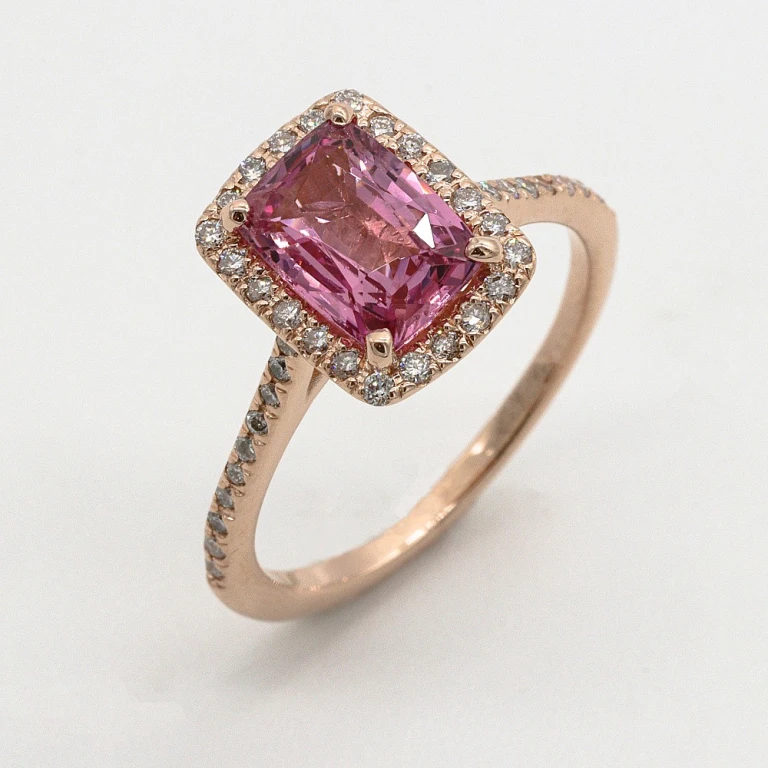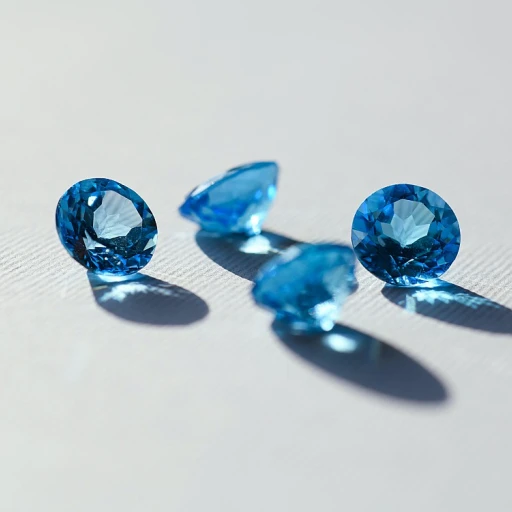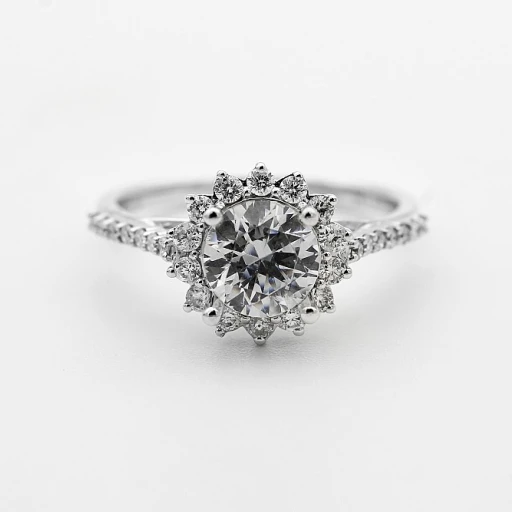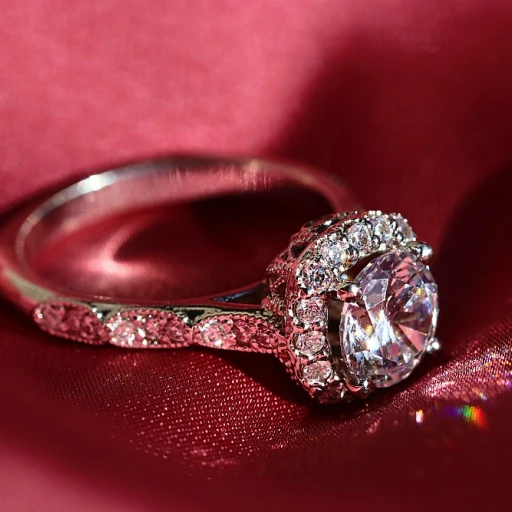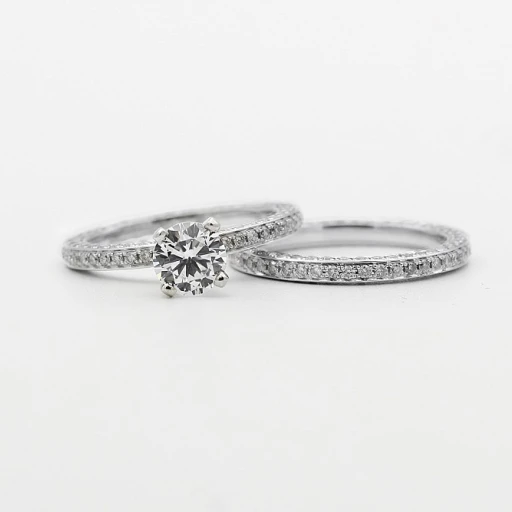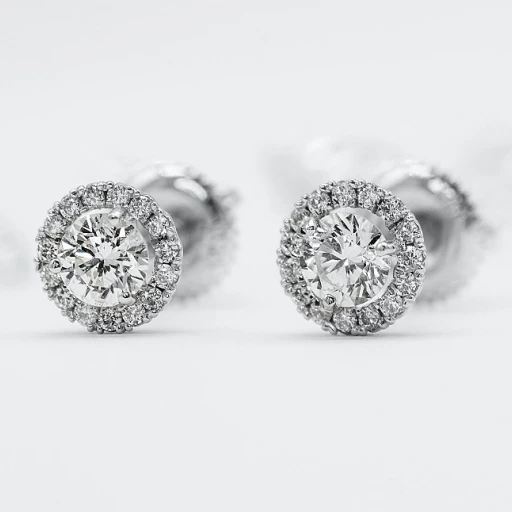A Dive into Pearl Varieties
Exploring the World of Pearls
Pearl necklaces have long held a place of reverence in the world of fine jewelry, radiating a sense of opulence and refinement. At the heart of this allure lies the fascinating variety of pearls available, each with its distinct characteristics that contribute to their unique charm. Understanding these varieties is essential for anyone interested in crafting or appreciating these exquisite pieces of jewelry.
Natural vs. Cultured Pearls
The distinction between natural and cultured pearls forms the foundation of pearl classification. Natural pearls are rare gems, formed without human intervention, making them highly coveted. In contrast, cultured pearls are cultivated with the assistance of pearl farmers, allowing for a more consistent and affordable option for pearl enthusiasts. Both types, however, share the same essence of elegance and are meticulously evaluated for quality based on factors such as luster, surface clarity, and shape.
Freshwater Pearls
One of the most accessible types of cultured pearls is the freshwater pearl. They are primarily grown in lakes, rivers, and ponds, and China is known for being the largest producer. Freshwater pearls are celebrated for their wide range of colors, shapes, and sizes. Often more irregular in shape than their saltwater cousins, freshwater pearls bring a contemporary flair to the classic pearl necklace.
Tahitian Pearls
For those seeking something a bit more exotic, Tahitian pearls offer a striking alternative. Known for their dark, dramatic hues ranging from black to deep green, these pearls are cultivated in French Polynesia and exude a mysterious elegance. They stand as a testament to nature's artistry when included in sophisticated jewelry designs.
South Sea Pearls
Renowned for their grandeur, South Sea pearls are among the largest and most prized pearls available. Their production takes place in Australia, Indonesia, and the Philippines. With colors spanning from shimmering white to golden tones, these pearls command attention and evoke a sense of luxury. Their size and rarity often translate into a higher price point, making them a prominent choice for those wishing to make a statement.
For those eager to delve deeper into the broad spectrum of jewelry pieces, we invite you to explore more styles and prices of adornments in our
journey through earring styles and prices. Understanding the diversity of pearl varieties can enrich your appreciation and selection of the perfect pearl necklace, setting the stage for a lifelong love affair with this timeless treasure.
The Art of Choosing the Perfect Strand
Crafting an Unforgettable Statement
When it comes to selecting the ideal pearl necklace, much like in the art of fashion, it is crucial to consider several factors that contribute to an exquisite statement piece. The harmony of shape, size, and color of pearls plays a pivotal role in crafting that perfect strand, mirroring trends seen in other elegant accessories like chains. For further insights on elegant pieces, explore our
journey through style and elegance.
Your first step is to understand the different types of pearls available, ranging from the prized Japanese Akoya pearls to the enchanting allure of South Sea or Tahitian pearls. Comprehending the distinct beauty of each type aids in making a choice that aligns with your personal style and occasion needs.
Size is another significant factor. Larger pearls are often perceived as bolder and more statement-like, whereas smaller pearls lend an air of subtle elegance. It is the delicate dance between one’s personal fashion style and the pearl size that results in a harmonious choice.
Furthermore, matching these pearls with an appropriate length of the necklace is paramount. The opera length can create a dramatic flair suited for formal events, while a choker brings a more modern and youthful charm that is ideal for casual settings.
Ultimately, the right pearl necklace is timeless, embodying a sophistication that seamlessly fits into the tapestry of your life’s moments. Each strand tells a story—your story—woven together by the desire for grace and elegance.
Understanding the Cost of Pearls
When it comes to purchasing a pearl necklace, understanding the multitude of price tags attached can seem like navigating a vast ocean. The value of pearls hinges on several key factors, offering a rich tapestry woven from the beauty and complexity of nature. While part 2 of our series guides you through selecting your perfect strand, let's delve into why pearl pricing can vary so dramatically and what you should consider when evaluating these lustrous gems.
Firstly, the type of pearl plays a monumental role in determining cost. For instance, while freshwater pearls are generally more budget-friendly, their saltwater counterparts — such as the exquisite Akoya and South Sea pearls — can command a higher price point. This differentiation is largely due to the rarity and the intricate cultivation process involved; Japanese Akoya pearls, spotlighted in part 5, are particularly prized for their perfectly round shapes and brilliant luster.
Size, one of the most direct indicators of a pearl's cost, follows a simple principle: the larger the pearl, typically, the higher the price. When shopping for a necklace, opting for a pearl with a larger diameter can significantly increase the expense. However, smaller, more numerous pearls can create stunning intricate strands that offer both affordability and beauty, perfectly balancing your budget considerations with your aesthetic preferences.
The quality of a pearl’s luster, surface, and shape further intertwine with pricing. Pearls that exude a deep, mirror-like shine showcase excellent luster and are therefore more precious. Similarly, pearls with smooth surfaces and minimal blemishes tend to be more highly valued. It's no wonder that finding one that is perfectly round, virtually flawless, and with superior luster is considered the proverbial needle in a haystack.
Finally, the origin of the pearl can influence its price, as regions known for particular types of pearls often set the standard in quality. Pearl farming techniques, which greatly vary by origin, dictate the sustainability and ethical considerations that come with your purchase, an increasingly important factor for today’s conscientious consumer.
As you embark on your journey to owning a pearl necklace, it's about more than just the cost. The essence of this gem — symbolizing purity and elegance — can be an investment that fits both your style and budget. For further exploration on exquisite jewelry and their pricing dynamics, check out our detailed coverage on
rings’ remarkable charm, which might just inspire your next timeless acquisition."}
The Timeless Appeal of Pearl Necklaces
The Enduring Charm of Pearls
Pearl necklaces have long captivated admirers of fine jewelry with their unparalleled charm and elegance. Unlike other gemstones, pearls possess a unique lustrous quality and organic origin, making each strand genuinely one-of-a-kind. From the delicate strings of freshwater pearls to the more majestic South Sea varieties, the diversity in design and form contributes to their everlasting appeal.
A Symbolic Statement
Beyond their aesthetic allure, pearls carry with them a rich tapestry of symbolism. Often seen as a representation of wisdom, elegance, and purity, they have found their way into cultural narratives and traditions worldwide. This timeless quality allows a pearl necklace to transcend fleeting fashion trends, maintaining its relevance and desirability across generations.
Versatile Elegance for Every Occasion
One of the most fascinating aspects of pearl necklaces is their adaptability. They can effortlessly elevate a casual outfit, adding a touch of sophistication to any look, or stand as the centerpiece in formal attire. This versatility ensures that a pearl necklace is not just an accessory, but a transformative piece that blends seamlessly with various styles and occasions.
A Taste of Historical Prestige
Throughout history, pearl necklaces have been favored by royalty and celebrities alike, cementing their status as a prestigious and coveted adornment. From Cleopatra to Elizabeth Taylor, pearls have graced the necks of iconic figures, adding to their mystique and allure. As a result, owning a pearl necklace is often seen as possessing a piece of history, a testament to its timeless beauty.
With a pearl necklace, you're not simply acquiring an accessory; you're embracing a legacy of elegance that has captivated humanity for centuries.
Spotlight on Japanese Akoya Pearls
Shining a Light on Japanese Akoya Pearls
Japanese Akoya pearls have long been admired as the epitome of elegance and refinement in the world of fine jewelry. Known for their perfectly round shape and lustrous sheen, these pearls have captured the hearts of jewelry connoisseurs worldwide.
Akoya pearls are typically smaller in size compared to other varieties, often ranging from 6mm to 8mm. However, their charm lies in their exquisite luster and the array of subtle overtones they possess, from creamy roses to silver blues. This unique sheen is largely a result of the cooler waters in which they are cultivated.
The cultivation process for Akoya pearls is an art in itself, requiring years of painstaking care. Expert pearl farmers in Japan nurture these gems in sheltered bays, ensuring a consistent and high-quality nacre layer that gives the pearls their signature glow. The meticulous attention to detail during the cultivation process means Akoya pearls are not just jewelry; they are masterpieces.
While part of their value lies in the skill it takes to produce them, the beauty and consistency in quality make them a perennial favorite amidst ever-shifting trends, much like how their allure is akin to other jewelry forms explored within the world of enduring style and sophistication.
Pearl Necklaces Around the World
Global Pearls: A Journey Through Culture and Tradition
When one talks about pearl necklaces, it is impossible not to celebrate their global appeal. From ancient civilizations to modern societies, pearls have been cherished treasures, each region adding its unique touch to the elegance of pearl necklaces.
Asian countries, particularly Japan, play a significant role in the pearl industry. Japanese Akoya pearls, renowned for their perfect roundness and lustrous shine, are often referenced as some of the finest globally. The meticulous Japanese cultivation methods contribute greatly to these pearls' exceptional quality, making them a coveted heirloom in many families.
In the Western world, pearls have long symbolized sophistication and grace. Iconic figures and celebrities frequently choose pearl necklaces to enhance their style, creating a timeless statement. European and American designers continue to innovate, introducing modern twists on traditional strands, often incorporating mixed materials for a contemporary appeal.
Meanwhile, in the waters of the South Seas, Australia and the Philippines are known for their luxurious South Sea pearls. These pearls are larger and exhibit an extraordinary spectrum of colors ranging from white, silver, and golden hues. Their opulence is perfect for those seeking bold elegance in their jewelry collections.
The Middle East also has its rich history with pearls, where natural pearls were once a thriving industry. Today, these rare treasures from the Arabian Gulf are highly prized by collectors for their historic and cultural significance.
From these culturally rich traditions, it becomes evident that the art of pearl necklaces transcends time and borders, creating a mosaic of beauty that reflects both local artistry and global allure. Whether a delicate single strand or an elaborate multi-strand set, wearing a pearl necklace is to embrace a piece of history, culture, and timeless elegance.
